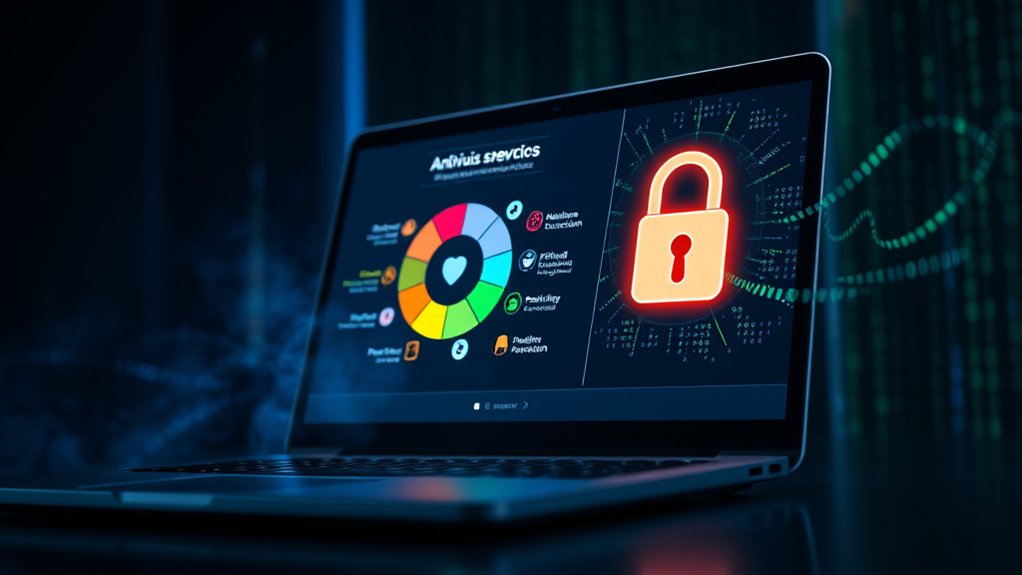The least expensive internet service currently available is Xfinity’s plan, starting at $19.99 per month for speeds of up to 150 Mbps. Mediacom offers a similar entry-level price, providing higher speeds of up to 250 Mbps. Frontier, meanwhile, starts at $29.99 per month with speeds ranging from 200 Mbps to 5,000 Mbps. These options cater to budget-conscious consumers seeking connectivity. More information on additional affordable plans and programs can be found in subsequent sections.

In the quest for affordable connectivity, various internet service providers present competitive options that cater to budget-conscious consumers. Among these, prominent names include Xfinity, Mediacom, and Verizon, each offering plans that target individuals in search of low-cost internet access. The most economical packages typically fall within a price range of $19.99 to $30 per month, varying based on speed and specific provider offerings.
Xfinity, for instance, provides a plan with speeds up to 150 Mbps, starting at $19.99 monthly. Mediacom offers a comparable option, delivering speeds up to 250 Mbps for the same initial cost. Frontier, in contrast, caters to those requiring greater bandwidth, featuring speeds from 200 Mbps up to 5,000 Mbps, commencing at $29.99 monthly. Verizon 5G stands out by delivering speeds ranging from 300 to 1,000 Mbps, with its plans beginning at $35 per month. Additionally, providers like AT&T Fiber are noted for avoiding promo pricing increases, which can help consumers maintain predictable monthly costs.
Xfinity offers plans starting at $19.99/month for 150 Mbps, while Mediacom matches that price for up to 250 Mbps.
In addition to traditional pricing, low-income families may qualify for specialized programs designed to reduce costs. Internet Essentials from Xfinity provides eligible households with speeds up to 75 Mbps for just $15 per month. Likewise, Verizon Forward offers discounted services starting around $20 monthly, while the Federal Lifeline Program can contribute up to $9.25 per month towards qualifying applicants’ internet bills. Cheap internet plans often do not exceed 300 Mbps, which is important to consider when selecting a provider.
However, potential customers must remain vigilant regarding promotional pricing structures and hidden fees. Many initial rates, which appear attractive, often increase after 12 to 24 months, resulting in unexpected financial burdens. Furthermore, plans such as those offered by Xfinity may carry data caps with subsequent overage fees, complicating actual service expenses.
Despite these challenges, satisfied customers continue to seek affordable internet solutions, driven by crucial connectivity needs. As a result, various options are available to help consumers navigate their choices toward an affordable internet solution, especially important for those with limited budgets.
Ultimately, careful consideration of provider offerings and eligibility for discounts can improve access to reliable, low-cost internet services.
Frequently Asked Questions
Can I Get Internet Service Without a Credit Check?
Individuals seeking internet service without undergoing a credit check have various options available.
Prepaid plans, offered by specific providers, typically do not require credit assessments. For instance, mobile broadband services provide flexible, pay-as-you-go alternatives.
Furthermore, companies like Spectrum present discounted plans, contingent upon income eligibility rather than credit history.
Government assistance programs, such as the Affordable Connectivity Program, likewise offer benefits to low-income households, further facilitating access to necessary internet services.
What Is the Average Installation Fee for Internet Service?
The average installation fee for internet service varies considerably depending on the provider and technology used.
For instance, cable installation fees may begin at zero during promotional periods, whereas satellite installations can reach as high as $449.99 because of specialized technician requirements.
Fiber installation fees are often included in monthly service costs but can fluctuate based on location and promotional offerings, making it crucial for consumers to seek detailed information before committing.
Are There Any Hidden Fees I Should Know About?
Many consumers encounter various hidden fees when selecting internet services.
These can include equipment rental fees, typically ranging from $10 to $15 monthly, alongside installation charges that vary by provider and location.
Overages for exceeding data caps and penalties for early contract cancellation can further inflate costs.
Moreover, taxes and miscellaneous fees often apply, impacting the overall affordability.
Understanding these elements is essential for consumers seeking transparent pricing in internet services.
How Can I Find Internet Deals Specific to My Area?
To locate internet deals specific to an area, individuals should first utilize online resources, such as the FCC’s broadband map, which helps identify available providers.
Many Internet Service Providers (ISPs) offer regional promotions, particularly for new customers. Additionally, local community initiatives and low-income assistance programs can provide additional savings.
According to experts, leveraging comparison websites can yield better understanding of available plans, ensuring informed choices based on user needs and budget constraints.
Is Customer Service Support Available for Budget Internet Plans?
Budget internet plans typically offer customer service support, but availability and quality can vary greatly. Most providers present options such as phone assistance and online resources.
Nevertheless, satisfaction ratings differ; for instance, some users report inconsistent experiences. Additional fees might apply post-promotional periods, and support hours are often limited.
Online forums frequently supplement customer service, nurturing user-to-user assistance. Consequently, prospective customers should research their chosen provider‘s support structure thoroughly before committing.








